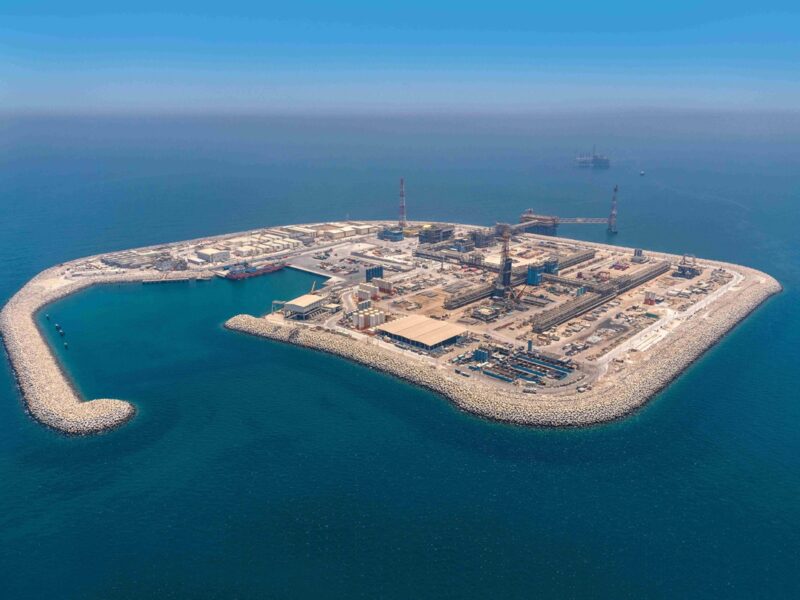Let’s start by setting the stage. Our recently released 2023 Global Investment Outlook is titled “Adapting to Unpredictability”. Unpredictability has become a norm, to such an extent that a new investment era has emerged from the disruptions of the last three years.
“This time is different” is usually a very dangerous statement in the investment world. But decade-lasting regimes sometimes really shift. We expect higher inflation and more economic and policy uncertainty ahead, with a shrinking globalisation and high levels of debt in the backdrop.
2023 is not an exception to unpredictability, which affects two very fundamental pillars of the investment landscape: this year is all about the relative trajectories of inflation on one hand, growth on the other, with the central banks’ actions in the middle. Central banks basically fight inflation by pressuring growth, as growth generates jobs, fueling the risk of a wage-price spiral.
The year started with reasons to believe in a perfect scenario. First, inflation is receding. It’s not fast enough for central banks to become markets’ best friend again, but still, it’s going down. In addition, early economic data also confirmed a slowdown which was marked enough to support lower inflation -and job creations- ahead, but not terrible enough to fuel fears of a global recession, especially as China reopening is strong.
Alas, unpredictability hit again last week at the heart of this perfect “not too hot, not too cold”, so called “Goldilocks” narrative. Activity indicators were stronger than expected roughly everywhere, and it culminated with two astonishing numbers on the US outlook.
First, the ISM Services, leading indicator of activity in the most prominent and job intensive sector of the US jumped to 55.2 in January from 49.6 in December, ridiculing the consensus expectation for 50.5. Services in the US are booming. If it wasn’t enough for the pride of economists, the monthly non-farm payroll change, which is the number of jobs being created, came out at 517,000 for January, more than twice December and almost three times higher than the forecast.
Investment outlook for 2023
The consequence was immediate: such a hot job market poses a risk to inflation, which justifies a continued pressure from central banks which, in turn, threatens future growth and directly questions the current rally of everything. All asset classes are in the green so far in 2023, and this is, we believe, the first serious test of 2023.
Markets were not that concerned with the hawkish rhetoric of both the US Federal Reserve and the European Central Banks. With the support of positive economic data, it’s changing, and markets are already reversing their implicit forward-looking views for lower rates later this year.
There are several possibilities from here at this stage. First, there are reasons to believe that regardless of the recent economic news, most of the monetary tightening is already behind us, and that it kind of works. The terminal rate (the one at which central banks stop hiking) may be 25 or 50 basis points higher than initially thought, but the big picture is unchanged.

Central banks will pause, wait for inflation to come down, maintain high rates until it does, and seeing a resilient economy in the meantime is not that bad and we will soon come back to a Goldilocks situation. It’s a “soft landing” scenario, meaning some status-quo for markets, with of course some short-term volatility. Second option is a hard landing: January strength is short-lived, activity tanks.
Inflation should follow and central banks will cut rates. This would be difficult for cyclical assets, but safer bonds would do very well. Third option is a central bank’s nightmare: inflation goes out of control and we may see markets reloading their terrible 2022 configuration.
Let me be brutally honest: we don’t have the answers. Our last tactical asset allocation committee was the most debated ever. On one hand, valuations from stocks in developed markets reflect a perfect, “soft landing” scenario that may or may not happen, which suggests caution, and the current buoyant sequence could be a “bear market rally” if it doesn’t. On the other, momentum is strong, technically speaking, and fundamentally, we can’t totally embrace the concept that bad economic news is bad for investments.
This is where a strong strategic asset allocation is paramount, and we have reshuffled ours to prepare for an era of unpredictability. When the short term is highly uncertain, it’s better not to take radical active decisions. Our current positioning is close to our long-term, quantitatively proven long-term allocations.
We favour income from safe sources in developed markets: we are overweight cash in dollars, as well as the quality segments of fixed income. By contrast we are underweight in high yield and DM stocks, because their valuations could not react very well to the “soft landing” scenario being challenged.
We look for capital appreciation in stocks from emerging markets, which combine secular growth with more reasonable multiples. More than ever, diversification and pragmatism in risk taking is paramount, to adapt to unpredictability.










